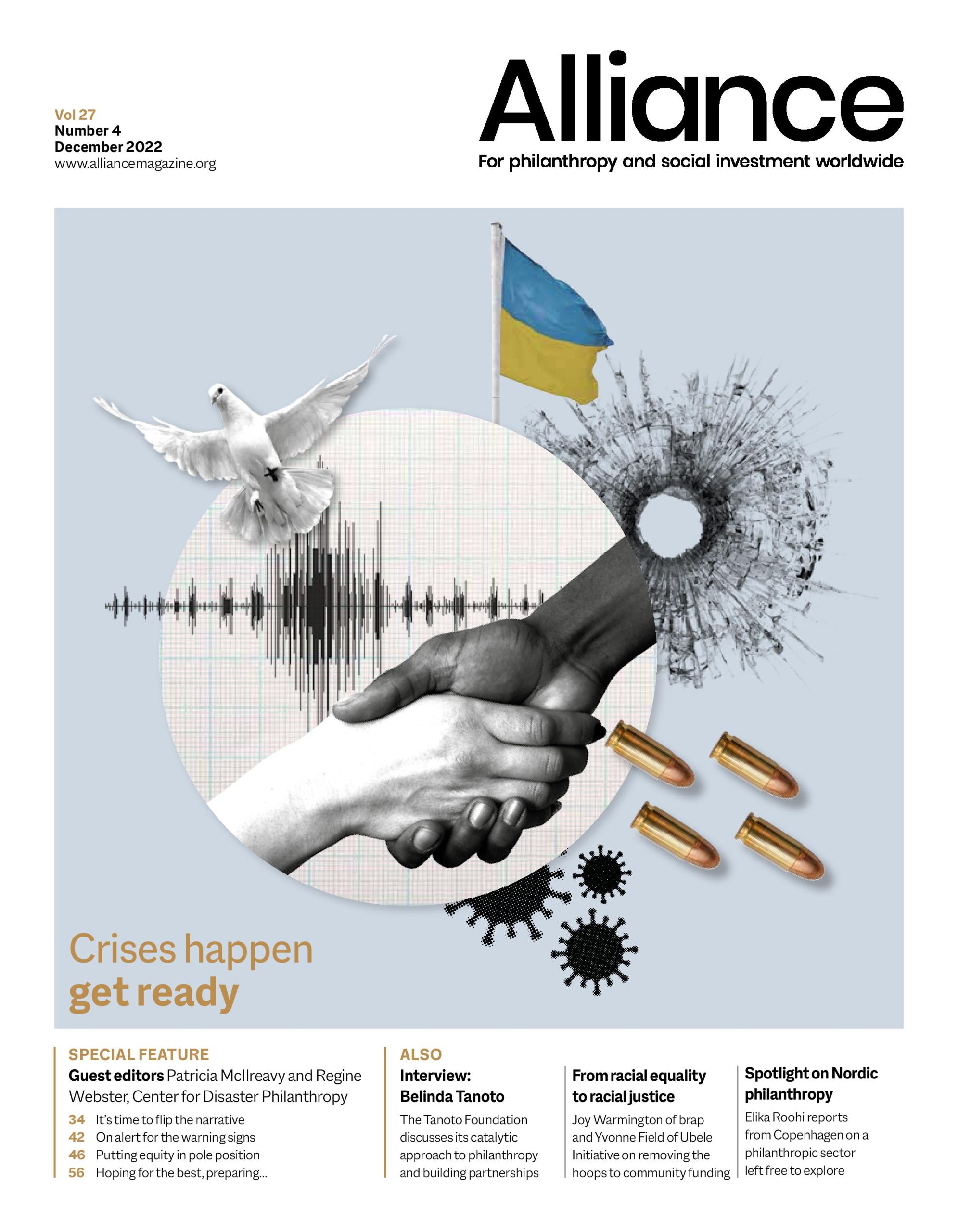Aid to crisis-stricken countries should be determined on the basis of need, yet politics and media interest continue to drive inequities in responding to humanitarian crises
Did you know that a famine is now unfolding in Somalia? 300,000 people are already living in a so-called famine-like situation. At ODI, we have banned the hyperbolic use of the word ‘unprecedented’, but we might have to make an exception. We have no memory of a time when rain failed for a fifth consecutive time, in the midst of high global food prices (partly as a result of the conflict in Ukraine), on the back of a pandemic with severe economic impacts and a regional locust infestation. The impact will be much worse than the 2011 famine that killed over 260,000 people in the country. If you didn’t know, it might be because this deepening catastrophe is still not making the front pages. Nor is it triggering coordinated appeals for urgent donations.
Finance for humanitarian response is plateauing globally, but what is available is being diverted to where the attention of the media, governments and aid organisations themselves is: Ukraine.
We tried to raise the alarm in June 2022, when there were already reports of one person dying every 48 seconds. Aid experts and decision-makers convened by ODI then agreed that mass starvation and death was highly likely but could be prevented by mounting a fast and targeted relief operation – which requires a large, rapid and flexible injection of funds. The response from donor governments has been sluggish. A few weeks ago, funding to the UN-led humanitarian appeal for Somalia was below 50 per cent of projected need. It has now reached two thirds, a probable result of advocacy efforts. While relief assistance has massively ramped up, it is still too little, too late.
Subscribe now from only £45 a year!
This article is only available for our subscribers
Existing users can login here






